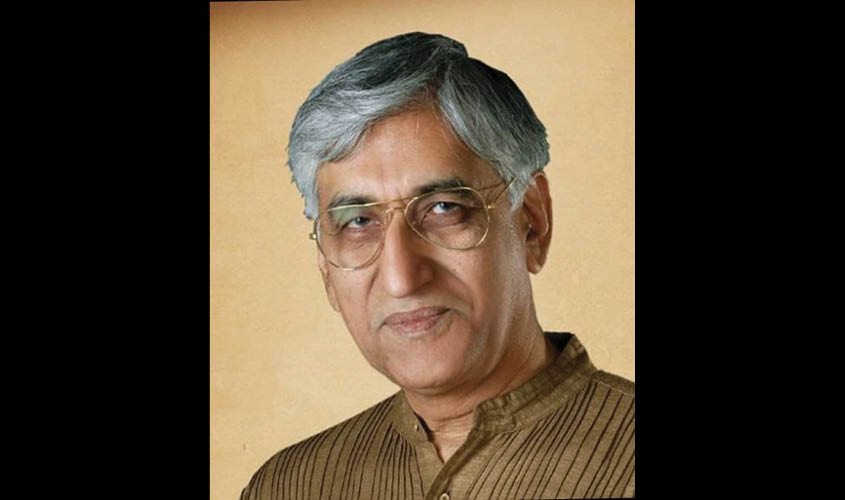Raipur: In Chhattisgarh, out of a total of 18 corona positive cases, nine have been discharged from hospital after cure. The remaining nine are residents of Katghora in Korba district. These people had either returned from Tablighi Jamaat’s Nizamuddin Markaz, or had come in contact with the Jamaatis. The number of corona positive cases increased because of the sudden appearance of seven patients in Katghora. Prior to this, the number of corona positive cases was 10, with nine of them getting health benefits in their household. Health Minister T.S. Singh Deo spoke to The Sunday Guardian specifically on the condition of corona infection in the state and the steps being taken to prevent its spread.
Q: What strategies were put in place to stop the spread of coronavirus in Chhattisgarh?
A: We started our preparations early. We set up a war room in Raipur and deployed rapid response task forces in districts the very next day of Republic Day celebrations. Along with the closure of schools, colleges and government offices, all steps were taken to maintain social distancing. Teams formed under the chairmanship of district collectors started identifying people coming from outside. With this, the state government cancelled all public programmes. More than 77,000 people, who had possibly come in contact with corona patients or had travelled were home quarantined until 6 April. In addition, 146 people were placed in government quarantine facilities.
Q: Did the battle against coronavirus face difficulties because of lack of resources?
A: Of course, we faced the problem but our doctors, medical and other staff have shown great credibility. Parallelly, we set up various activities like the command centre, medical equipment supply, home quarantine, facility quarantine, mobility and logistics support, media, data management, contact tracing, community tracing, hospital management. Due to all these activities, we got initial success in the battle of corona, but now the time has come to increase medical facilities, because in the coming days the fear is that serious and very serious cases will come. Keeping this in mind, we have started preparations already.
Q: Many people from Tablighi Jamaat are supposed to be in Chhattisgarh. Do you have any plans to identify them?
A: People involved in the Jamaat are being searched. Many people have been identified and quarantined. Their investigation report is yet to come. It is important to identify the people who are with corona positive patients.
Q: What is your opinion about extending the lockdown period?
A: Looking at the situation, extending the lockdown period is the right step. Different kinds of information are coming. It is important to maintain social distancing. Experts predict that by the end of April and the first week of May, will have to be ready for serious and very serious conditions. Certainly, borders between states should remain closed, although activities within districts are going on to some extent. Looking at conservative estimates and looking at expected spikes in cases, we must go for another 14 days of lockdown at least.
Q: It is being said that because of less investigation, corona positive cases have not come out. So what is the solution for getting more and more investigation in the coming days and what efforts are being made to increase medical facilities?
A: To expedite the investigation we need more kits. By 19 April, we will have 10,000 kits, so that many more people can be tested. Apart from this, arrangements are also being made for rapid response kits. With the help of this, investigation will be convenient. Also, according to projections, we are focusing on improving medical facilities. It is being said that 20%-60% of India’s population will be affected by the disease. Today we are taking a conservative projection of 10%. Of these, symptomatic patients would probably be 10%, of whom those who would be serious and very serious would be 15% and 5%, respectively. We are planning for the three crore people of Chhattisgarh with that figure in mind. Each of the 26 districts was asked to put up an independent facility of 100 beds. No other treatment would take place there. Five medical colleges with 200 beds each, so 1,000 beds. The Raipur medical college has 500 beds, civil hospital there has 100 beds, the AIIMS, which has been a source of great support and committed service provider, has 500. So, we have been able to identify 4,700 beds. And we have taken over a 500-bed private medical college as a stand by.

